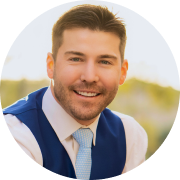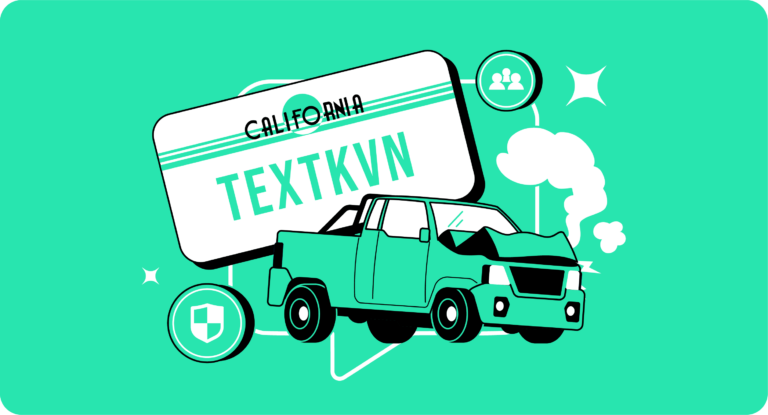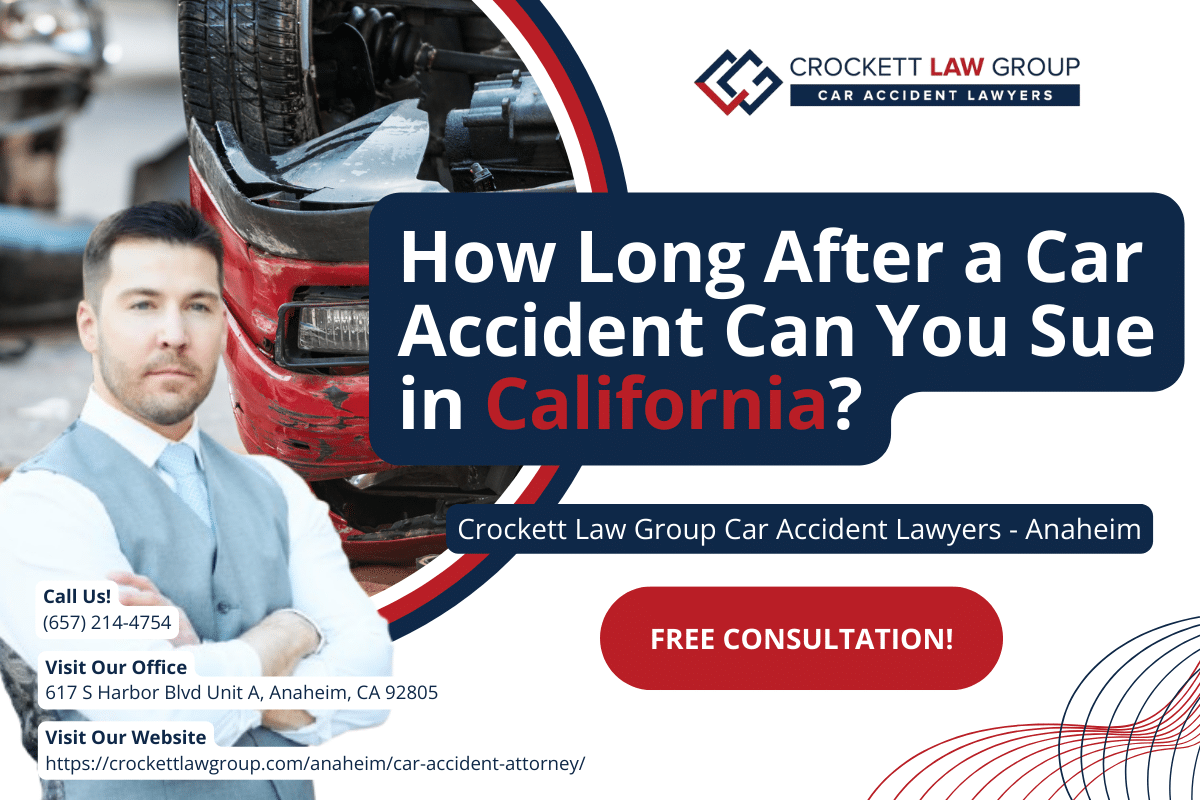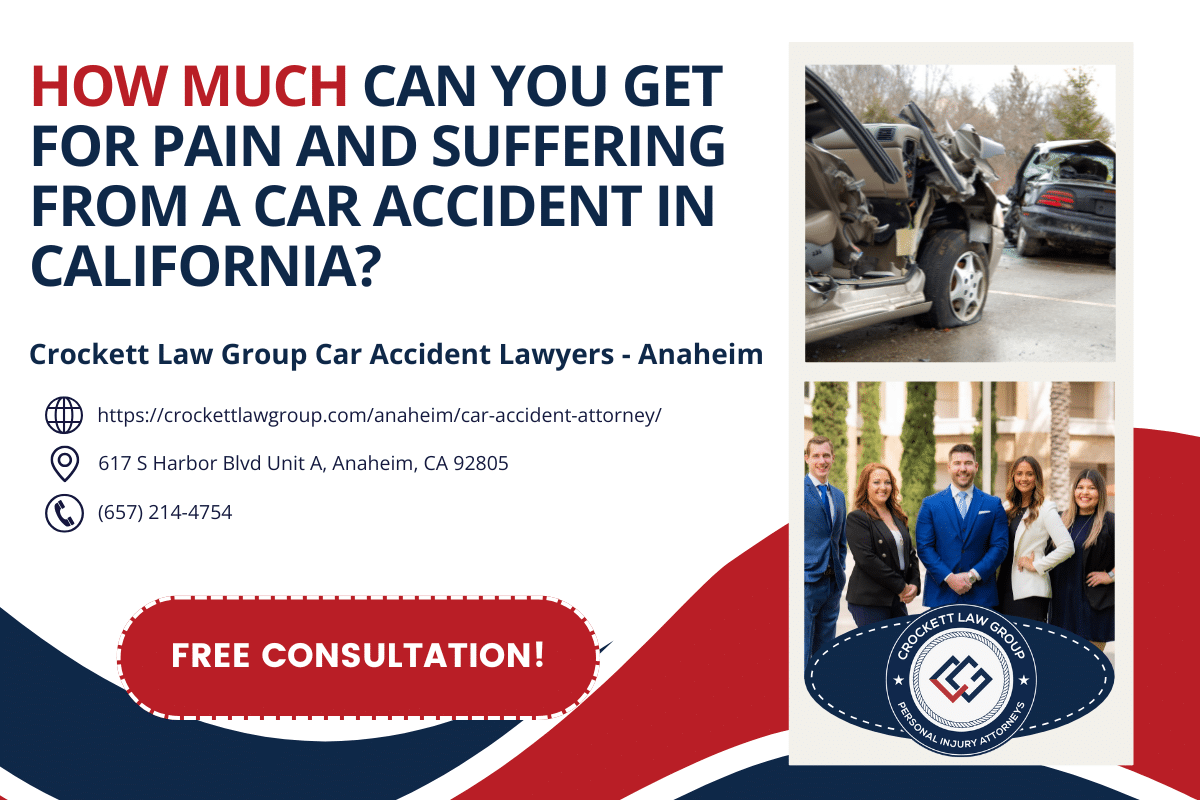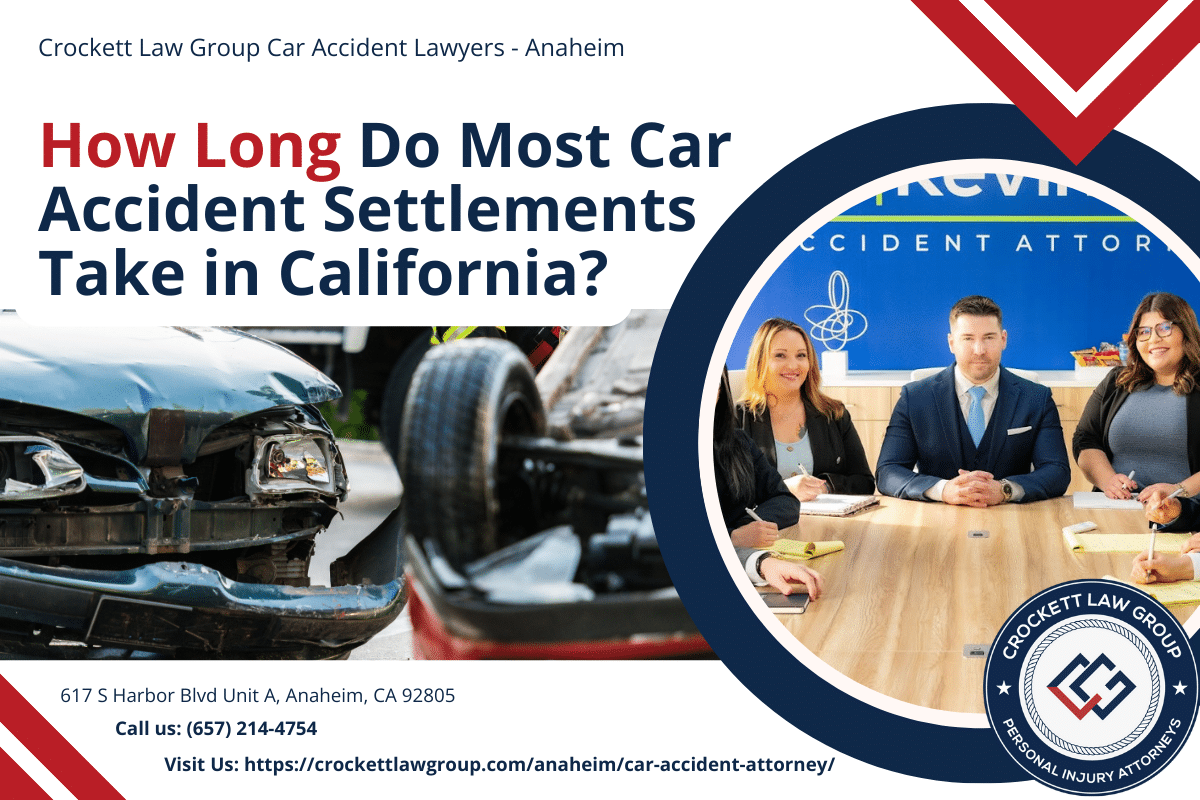Rear-end collisions are among the most common types of road accidents in California. Whether you’re driving on the bustling streets of Los Angeles or the scenic routes of the Pacific Coast Highway, the sudden jolt of a vehicle colliding into the back of another is a scenario many drivers are all too familiar with. But beyond the immediate shock and potential injuries, a pressing question often arises: Who is at fault in a rear-end collision?
Understanding liability in rear-end collisions is crucial, not just for insurance claims but also for personal peace of mind. It’s a topic that carries legal, financial, and ethical implications. In the state of California, where traffic rules and regulations are stringently enforced, determining fault isn’t always as straightforward as it might seem. This article delves deep into the intricacies of rear-end collision liability in California, offering clarity on a subject that affects countless drivers every year.
Understanding California’s Rear-End Collision Laws
In the Golden State, traffic laws are designed to ensure the safety of all road users. One of the foundational principles in California’s traffic regulations is the duty of every driver to exercise reasonable care on the road. This duty is paramount when discussing rear-end collisions.
California operates under a “pure comparative negligence” system. This means that in an accident, each party can be assigned a percentage of fault, and any compensation awarded will be adjusted based on that percentage. For rear-end collisions, the driver who rear-ends another vehicle is often presumed to be at fault. This presumption arises from the idea that a driver should maintain a safe following distance and be attentive enough to respond to sudden stops or changes in traffic flow. However, this doesn’t mean the rear driver is always 100% at fault. Circumstances and evidence can shift liability, especially if the front driver’s actions contributed to the collision.
For instance, if the leading vehicle had non-functioning brake lights or made an unpredictable and sudden maneuver, the rear driver might argue that the front driver shares some of the blame. It’s essential to understand that while the presumption of fault often lies with the rear driver, each case is unique, and various factors can influence the final determination of liability.
Determining Fault in Multi-Car Collisions
Chain reaction accidents, where multiple vehicles are involved, can be particularly complex when it comes to determining liability. The dynamics change, and the blame isn’t always easy to pinpoint.
In a typical 3 car rear-end collision scenario, imagine Car A is hit by Car B, which is then hit by Car C. Often, Car C, the last car in the chain, is presumed to be at fault for not maintaining a safe following distance, causing a domino effect. However, if Car B was following too closely to Car A, Car B might also share some of the responsibility.
In California’s pure comparative negligence system, each driver’s actions leading up to the accident are scrutinized. For instance, if Car B was texting and not paying attention, leading them to hit Car A, and then Car C, unaware of the sudden stop ahead, hits Car B, both Car B and Car C could share the fault.
It’s also worth noting that external factors, such as road conditions, weather, or even the involvement of a fourth vehicle that may have left the scene, can play a role in determining fault. In multi-car collisions, gathering evidence, witness statements, and sometimes even expert testimonies become crucial in painting a clear picture of the events.
Immediate Steps After Being Rear-Ended
The moments following a rear-end collision can be disorienting and stressful. However, taking the right steps can not only ensure your safety but also help in any subsequent legal or insurance proceedings.
- Prioritize Safety: Before anything else, ensure that you and any passengers are safe. If possible and safe to do so, move your vehicle to a safe location, away from the flow of traffic.
- Check for Injuries: Assess yourself and others for any injuries. Even if they seem minor, it’s essential to seek medical attention. Some injuries, like whiplash, may not manifest immediately.
- Call the Police: In California, if there are injuries or significant property damage, you should call the police. They will document the scene and create an official accident report, which can be invaluable later.
- Exchange Information: Collect the names, addresses, phone numbers, insurance details, and license plate numbers of all involved parties. If there are witnesses, gather their contact information as well.
- Document the Scene: Take photos of the damage to your vehicle, the other vehicles involved, any skid marks, road conditions, and any other relevant details. These can serve as evidence if liability is disputed.
- Avoid Admitting Fault: It’s natural to want to apologize or discuss the accident, but avoid making statements that could be construed as admitting fault. Let the investigators determine the cause.
- Notify Your Insurance Company: Inform your insurer about the accident as soon as possible. They’ll guide you on the next steps and what information they need.
- Consult with an Attorney: Especially in cases where injuries are involved or fault is disputed, it might be beneficial to consult with a legal expert familiar with California’s traffic laws.
Remember, the aftermath of a collision can be overwhelming, but staying calm and methodical can make the process smoother and protect your rights.
The Process of Determining Fault
Understanding how fault is determined can be crucial, especially when dealing with insurance claims or potential legal disputes. In California, the process is thorough, taking into account various factors and evidence.
- Police Reports: One of the primary sources used to determine fault is the official police report. Officers will document the scene, take statements from involved parties and witnesses, and often provide their assessment of who was at fault based on the evidence and California traffic laws.
- Evidence from the Scene: Photos, videos, skid marks, debris, vehicle damages, and other physical evidence can paint a picture of how the collision occurred and who might be responsible.
- Witness Testimonies: Statements from bystanders or other drivers can be invaluable, especially when there are conflicting accounts from the involved parties.
- Expert Analysis: In some cases, accident reconstruction experts might be brought in to analyze the evidence and provide a detailed breakdown of the events leading up to the collision.
- Vehicle Damage Assessment: The type and location of damage on each vehicle can offer clues about the dynamics of the crash. For instance, rear-end damage combined with front-end damage on another vehicle typically indicates a rear-end collision.
- Driver Statements: While it’s essential to be cautious about what you say at the scene, both drivers’ accounts of the events are considered in the determination process.
- California Traffic Laws: The state’s traffic regulations serve as a benchmark. If one driver violated a traffic law leading up to the accident, they might be deemed at fault.
It’s essential to note that in California’s pure comparative negligence system, both parties can share fault. For example, one driver might be found 70% at fault, while the other is 30% at fault. This division affects compensation and insurance claims.
Common Misconceptions About Rear-End Collisions
Rear-end collisions, despite being common, are surrounded by a myriad of misconceptions. These myths can influence drivers’ perceptions and actions post-accident, potentially affecting liability determinations and claims.
Is rear-ending always my fault?
While it’s a prevalent belief that the rear driver is always at fault in a rear-end collision, this isn’t an absolute truth. As previously mentioned, California operates under a “pure comparative negligence” system. Factors like malfunctioning brake lights, sudden lane changes, or unpredictable stops by the front vehicle can shift or share the blame.
Am I at fault if I hit a car in front of me because he slammed on his brakes very suddenly?
Sudden stops can be jarring and unexpected. However, drivers are expected to maintain a safe following distance to account for such scenarios. If you hit a car that stopped suddenly, you might bear some responsibility. But if the front driver’s sudden stop was unreasonable or without cause, they could share the blame.
Why is the driver to the rear usually at fault in a rear-end collision?
The presumption of fault often lies with the rear driver because of the duty to maintain a safe following distance and be attentive to traffic changes. However, as emphasized, each case is unique, and various circumstances can influence this general rule.
Understanding these misconceptions is vital. It not only helps drivers navigate post-accident procedures more effectively but also underscores the importance of being well-informed and seeking expert advice when involved in such incidents.
Impact and Consequences of Rear-End Collisions
The physical and emotional aftermath of a rear-end collision can vary widely based on the severity of the crash, the speed of the vehicles involved, and other factors. Understanding the potential impact can help victims seek appropriate medical care and legal recourse.
- Physical Impact: Typically, passengers in the front vehicle (the one that gets rear-ended) tend to experience more significant physical impact. They might suffer from whiplash, a condition caused by the sudden jolt that forces the neck and head to whip back and forth. Other common injuries include spinal injuries, concussions, and soft tissue damage. The rear vehicle’s occupants can also sustain injuries, especially if they weren’t expecting the collision.
- Vehicle Damage: The front vehicle often sustains damage to its rear, while the rear vehicle might have front-end damage. The extent of this damage can range from minor dents and scratches to significant structural harm.
- Emotional and Psychological Impact: Being involved in a collision, even a minor one, can lead to emotional distress. Some individuals might experience anxiety, PTSD, or other psychological effects, especially if they’ve suffered injuries or have been involved in severe accidents before.
- Financial Impact: Beyond medical bills, victims might face repair costs, increased insurance premiums, and potential legal fees. If injuries lead to time off work, there could be a loss of income as well.
It’s essential to recognize that while the rear vehicle’s driver might often be deemed at fault, the consequences of the collision are shared by all parties involved. Proper medical care, legal advice, and support can help mitigate these impacts.
Navigating Insurance After a Rear-End Collision
Dealing with insurance companies post-collision can be a daunting task. Understanding the process and your rights can make the journey smoother and ensure you get the compensation you deserve.
- Reporting the Accident: It’s crucial to notify your insurance company about the collision as soon as possible. Even if you believe you’re not at fault, keeping your insurer in the loop can protect your interests.
- Understanding Coverage: Depending on your policy, you might have coverage for medical expenses, property damage, and even rental cars while your vehicle is being repaired. Familiarize yourself with your policy’s specifics.
- Determination of Fault: The insurance company will conduct its investigation to determine fault. This process involves reviewing the evidence, police reports, and statements from involved parties.
- Claims and Compensation: If the other driver is found at fault, you can file a claim with their insurance. If they’re underinsured or uninsured, your policy might cover the difference, depending on your coverage.
- Disputes and Appeals: If there’s a disagreement about the fault or the compensation amount, the case might go into arbitration or even court. It’s beneficial to have legal representation in such scenarios.
- Potential Premium Increases: It’s a common misconception that your premiums will always increase after an accident. However, if you’re not at fault, your rates might remain unchanged. Still, multiple accidents, even if you’re not at fault, can impact your premiums.
- Protecting Your Rights: Remember, insurance companies aim to minimize payouts. It’s essential to be cautious about giving recorded statements or accepting early settlement offers without understanding their implications fully.
Navigating the insurance landscape after a rear-end collision can be intricate. Having a clear understanding and seeking advice, like that from the Crockett Law Group, can ensure you’re adequately compensated and your rights are protected.
FAQs
What should I do immediately after a rear-end collision?
Immediately after a rear-end collision, prioritize safety by moving to a safe location if possible. Check for injuries, call the police, exchange information with the other driver, document the scene with photos, and avoid admitting fault.
If my car was rear-ended, am I automatically not at fault?
While the rear driver is often presumed to be at fault in rear-end collisions, it’s not an absolute rule. Factors like malfunctioning brake lights or sudden lane changes by the front vehicle can influence liability determination.
How long do I have to report a rear-end collision to my insurance company?
It’s best to report the collision to your insurance company as soon as possible. While the exact timeframe can vary based on your policy, prompt reporting can help protect your rights and claims.
Can I seek compensation if I was partially at fault in a rear-end collision?
Yes, California operates under a “pure comparative negligence” system. Even if you’re found to be partially at fault, you can still seek compensation, though it may be reduced based on your percentage of fault.
Should I consult an attorney after a rear-end collision?
It’s beneficial to consult an attorney, especially if there are injuries, significant damages, or disputes regarding fault. An attorney can guide you through the legal process, ensuring your rights are protected and you receive fair compensation.
Conclusion
Rear-end collisions, while common, come with a myriad of complexities, especially when determining fault and navigating the aftermath. Understanding California’s laws, being aware of misconceptions, and knowing the steps to take post-accident are crucial for anyone driving in the Golden State.
While this article provides a comprehensive overview, every collision is unique. Factors, circumstances, and outcomes can vary widely. If you or a loved one find yourselves in the midst of such an incident, it’s paramount to seek advice to ensure your rights are protected and you receive the compensation you deserve.
The Crockett Law Group, with its deep knowledge in California’s traffic laws and a commitment to its clients, is here to help. Don’t navigate the complexities of rear-end collisions alone. Reach out to us at (800) 900-9393 for guidance, support, and representation
